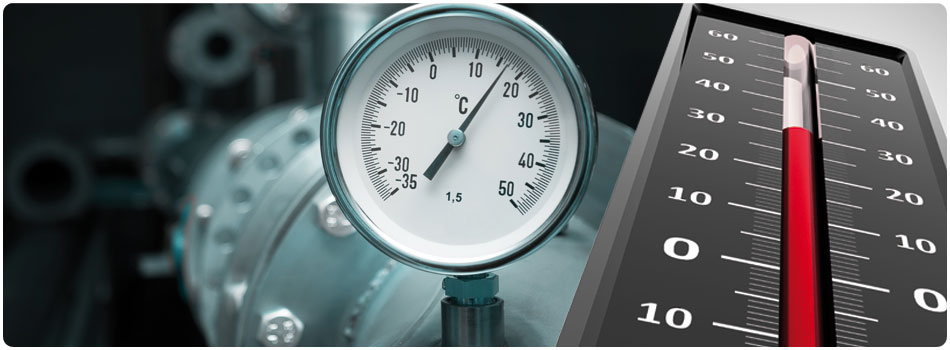Pressure and Temperature

During changes of state (also see "MAKING IT COLD…") and in particular when a fluid evaporates, the temperature remains constant.
Nonetheless, it's worth remembering that the exact value of the evaporation temperature differs depending on the refrigerant and the pressure at which the process takes place.
Specifically, at high pressure the change of state occurs at a higher temperature, and vice-versa.
Cooking pasta in the mountains
(for lovers of Italian cuisine)
Anyone who's experienced high altitudes will certainly have noticed that it takes longer to cook pasta by boiling and the results as regards texture are not the same.
The reason is due to how evaporation of water depends on pressure.
High the mountains atmospheric pressure is significantly lower than at sea level, which is why water doesn't boil at 100°C, but rather at 95, 90 or even 70°C (at the top of Everest!). This means that cooking pasta is less effective than at sea level.
The correlation between pressure and temperature for change of state is the same for any fluid in nature.
A refrigerant circuit is a closed circuit in which the compressor brings about a significant and controlled variation in refrigerant pressure so as to ensure the right temperature for evaporation and, as can be seen under "REFRIGERANT CIRCUIT COMPONENTS", condensation.
Controlling the evaporation temperature also means controlling the temperature of the air surrounding the evaporator and consequently the food.
As a result, in many applications, such as most modern supermarkets, food temperature is controlled by controlling refrigerant pressure.
It's worth stressing that every fluid has a characteristic relationship between evaporation and condensing pressure and temperature, and it's this that determines its suitability for use as a refrigerant.
Water, for example, cannot evaporate at sub-zero temperatures, not even at very low pressure.
Good refrigerants are fluids with a low evaporation temperature at above-atmospheric pressure, as well as having good heat exchange and transfer properties.
A good refrigerant should moreover not have a condensing pressure that's too high in normal condenser operating conditions (for example, in contact with outside air that may have a maximum temperature between 25 and 45°C).
Another important characteristic is the capacity to mix with and carry the oil contained in compressors.
Finally, negative properties such as flammability and toxicity must not be neglected, and obviously must be limited.

